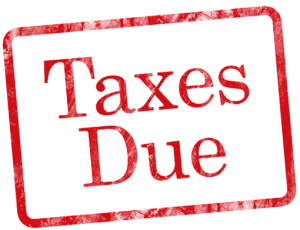9
October, 2015
Hello again! Happy Friday!
One of the top questions I receive from clients regarding their tax situation is:
“How does the IRS know how many miles I drive during the year, and can I just estimate a mileage number?”
The IRS knows the numbers of miles a taxpayer drives during the year based on the Odometermileage number represented on a tax return. They are very specific in regards to the mileage record requirements, and taxpayers are expected to maintain minimally adequate records. Estimating mileage at tax time is never a good practice and can result in the IRS disallowing your entire mileage deduction.
What are minimally adequate records in the eyes of the IRS, you ask; basically the who, what, when, why and where (i.e. John Doe, lunch, 8:00am, discuss potential business venture, Uncle Sam’s Steakhouse) ?
- Record your beginning and end of year odometer readings.
- How far did you go? Your mileage segregated by business, commuting, and personal driving other than commuting.
- When did the business trip take place? The dates and time range of your business trips
- Where did you go for the business trip and/or who did you meet? Destination/location of the business trip and/or name of person you are meeting.
- What was the purpose of the business trip?
Record keeping can be as simple as maintaining a handwritten mileage log with the information above, or by stepping into the technology age and using one of the numerous apps available to track mileage. Most of the apps even have GPS technology and will do everything for you except list the specific details of the business travel!
We hope you find this information beneficial and enlightening, and thanks for stopping by and reading!
“Estimating mileage at tax time is never a good practice and can result in the IRS disallowing your entire mileage deduction.”
Want new articles before they get published?
Subscribe to our Awesome Newsletter.




